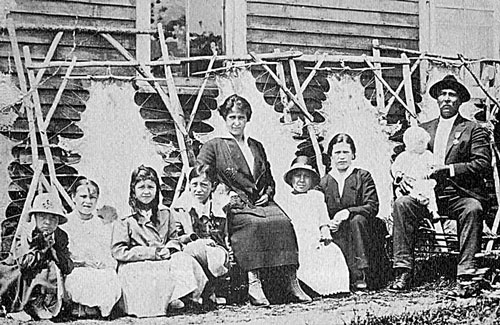B A C K T H E N
Seal Nose Conspiracy

The word conspiracy, for some Americans, brings to mind Watergate election scams, Alger Hiss and postwar paranoia, rigged elections or the government paying several hundred dollars for a screwdriver made in a favored congressman’s district. But these are big city stories, covered by big city newspapers dealing with big money and big names.
Out in the country, where people are still people, things are often on a different scale and a bit less serious. And while the dictionary definition of conspiracy may remain the same, it’s the facts that weight the word in any given case. For example, the seal nose conspiracy could not be considered to have the same impact as the General Motors use of their patent on leaded gasoline. At the same time the facts of the seal nose case, however lighter weight, might be more memorable for their more human scale.
Until 1905 Maine had a bounty on seals. The intention was to reduce the impact of seals on the fishery in general. They ate fish and got into lobster traps, damaged them and the bait bags. The one-dollar bounty was not worth much to fishermen, but it was an extra for the Passamaquoddy Indians of eastern Maine who traditionally hunted them. The Passamaquoddy ate seal meat and made many things from the skin, including moccasins, belts and craft items.
Seal skins drying on racks leaned against buildings were common 100 years ago in coastal Maine. Others hunted seals, but the Passamaquoddy traditionally made the most use of the animal.
The seal bounty was collected by turning in the seal nose. Some seal hunters, recognizing the unappealing evidence they had to present for the bounty and the lack of familiarity for non-hunters, decided to add some value to the seal hunt. They fashioned noses out of the seal skin. A piece of skin was shaped and buffed to remove the hair. Horse tail hair was then sewn in for whiskers. The product was left around a while until it was rancid and odoriferous enough to be an unlikely candidate for close scrutiny. Native and non-native Americans turned in “faux” noses.
This went on for quite a few years before one of the hunters alerted the authorities and a group of hunters collecting their bounties were thrown in jail around the turn of the century. The seal population was low at that point, which may have had something to do with the development of the fake nose. Whether it was the low seal population or the government being miffed over being duped, the bounty was discontinued.
